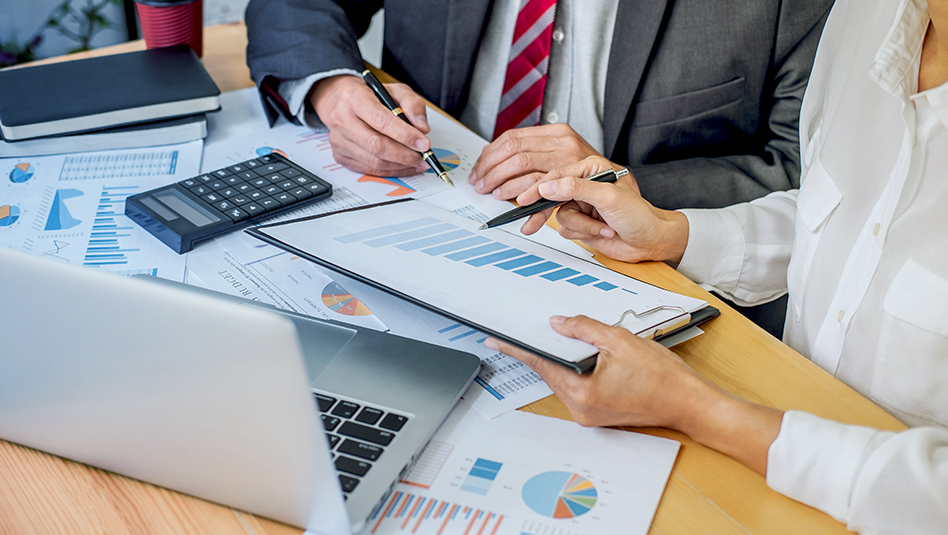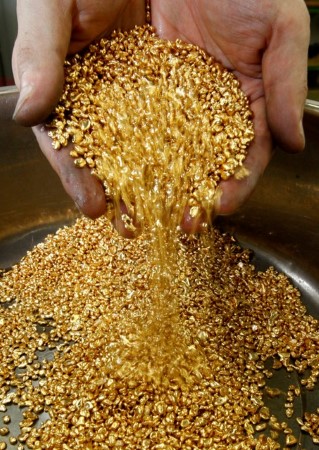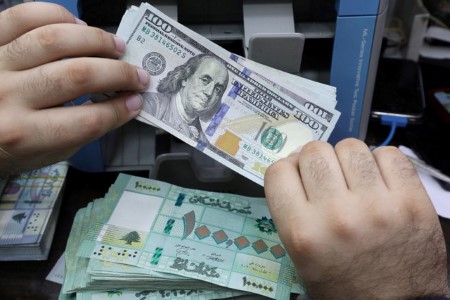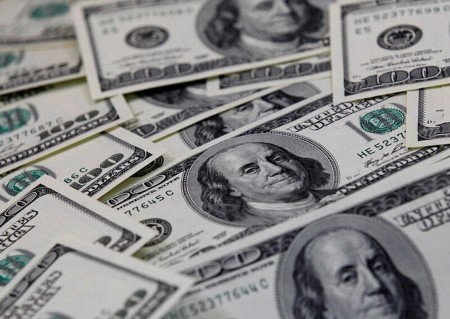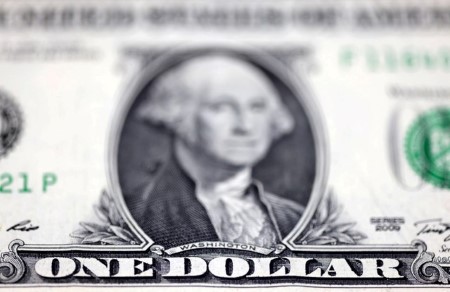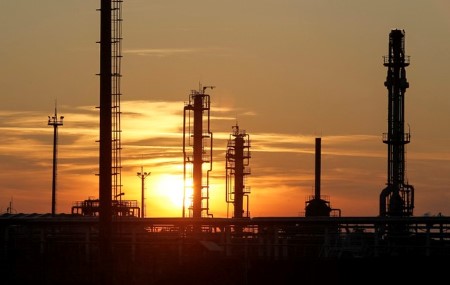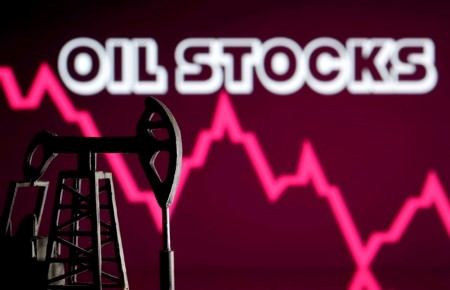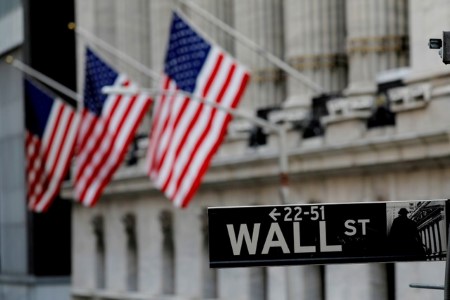Nov 21 (Reuters) – Gold prices slipped to their lowest in over a week on Monday, falling over 1% as the dollar extended gains, while the market’s attention turned to the US Federal Reserve’s November meeting minutes due this holiday-shortened week.
Spot gold fell 0.7% to USD 1,738.40 per ounce by 1:36 p.m. ET (1836 GMT), after earlier hitting its lowest level since Nov. 10 at USD 1,731.40. US gold futures settled down 0.8% to USD 1,739.6.
“Overall, the general macro environment still is higher interest rates, which is a negative for the precious metals as central banks continue to look to increase interest rates,” said Chris Gaffney, president of world markets at TIAA Bank.
The dollar rose 0.9%, weighing on the yellow metal by making it expensive for overseas buyers.
The Fed’s November meeting minutes are due on Wednesday, with most traders betting on a 50-basis point hike in the December meeting, and some seeing 24.2% chance of a 75-bps hike following recent comments by Fed officials.
Higher interest rates sour the appeal of gold, traditionally a hedge against inflation, as they raise the opportunity cost of holding bullion which yields no interest.
“We’re probably going to venture into the low 1700s…those are support levels that we’re likely going to move down to,” said Bart Melek, head of commodity markets strategy at TD Securities.
Beijing’s most populous district urged residents to stay at home on Monday as the city’s COVID-19 case numbers rose.
“China in particular is an active market for precious metals and if they continue to lock down…[it’s] less money to spend in China for investment purposes,” Gaffney said.
Spot silver fell 0.3% to USD 20.85 per ounce and platinum rose 0.8% to USD 985.13.
Auto-catalyst metal palladium fell 4% to USD 1,860.26, earlier dropping to a week-low of USD 1,823.
Negative economic news out of China puts pressure on palladium since its used in catalytic converters for vehicles, Melek highlighted.
(Reporting by Seher Dareen in Bengaluru, editing by Deepa Babington and Krishna Chandra Eluri)







 DOWNLOAD
DOWNLOAD

